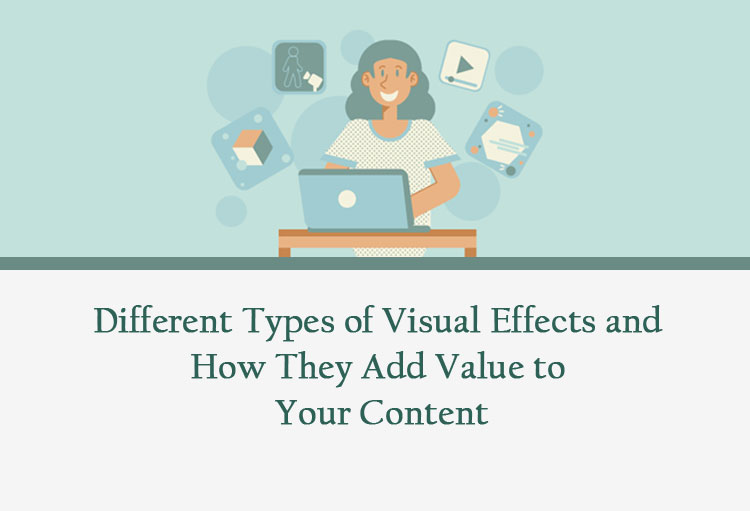The fusion of what is real and imaginary is a fine blend of what makes visual production magical.
You can have images or visuals that could only appear in your mind and be able to show them to your audience. That is what visual effects are all about. It is creating or manipulating images to make them appear realistic enough that it blends with the real-world environment.
Visual effects are done in post-production using a computer. These do not take place on the actual shoot. Visual effects enhance, create and manipulate visual elements. They then integrate these manipulated elements with live-action footage and make it appear realistic.
Because of the advances in digital technology, achieving a seamless integration is improving day by day. The advancements are so great that audiences are often taken aback when they find out that epic scenes are often filmed on green or blue screens.
These advancements allow creatives to create environments, creatures, objects, and people that would otherwise be impractical or impossible to recreate in real life. As long as technology is able to keep pace with the requirements, there is no limit to what you can achieve.
You Can Also Read: SEO and Web Design: How Website Design Affects SEO
Types of Visual Effects
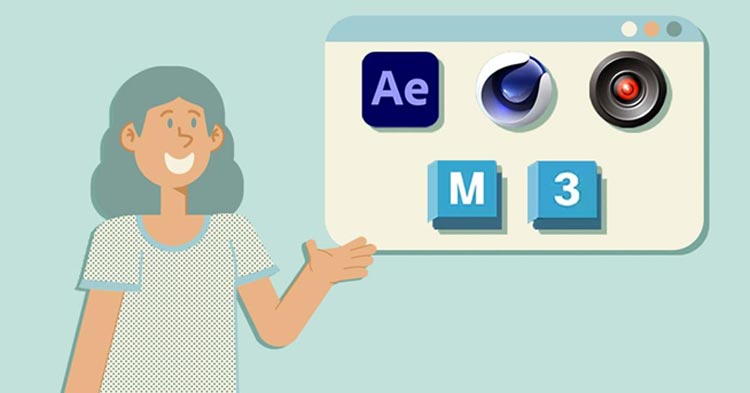
There are a lot of visual effects that are available in the industry. Various computer software are used by VFX artists to generate imagery needed for the video. Here are some of the common examples;
- Adobe After Effects
- Maxon Cinema 4D
- Autodesk Maya
- Syntheyes
- 3Ds Max
Choose which software you are comfortable and competent in. There are a lot of demos and tutorials available online for free, so it is not that intimidating to learn these software.
A. Special Effects (FX)
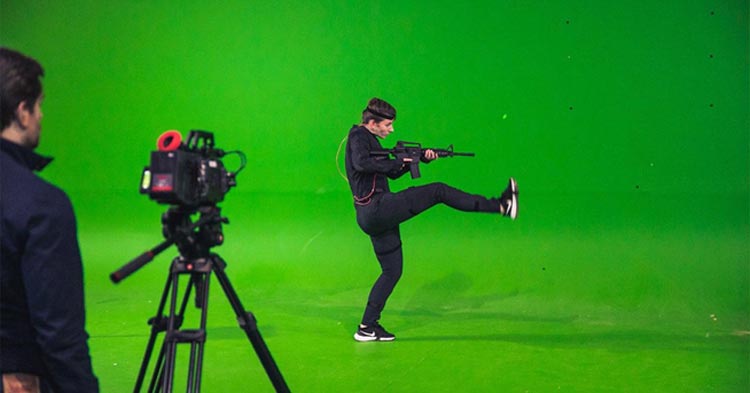
These are techniques and technologies used to create visual elements in the film. They create illusions or enhance imagery for better storytelling. Also called practical special effects, these involve physical objects and techniques that are used during filming. They are produced with physical mechanisms and without computer-generated imagery,
These include effects such as prosthetics, pyrotechnics, makeup, animatronics, scale models, mechanized props, and much more. For big film productions, sophisticated animatronics would also be in use.
B. Motion Graphics
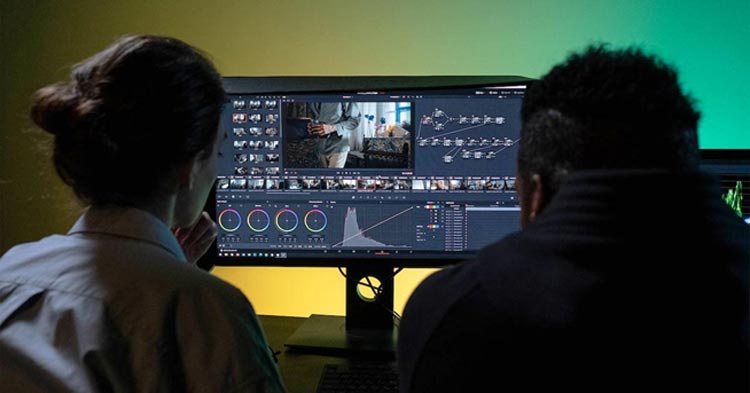
Motion Graphics is graphics in movement. Easier enough to understand if you can visualize a graphic element like a text, by zooming in and out of your tv screen. Remember the old kid’s tv show where numbers are animated to teach children math? That is an example of motion graphics.
This is not an easy task though. Unlike traditional animation like cartoons, there is no natural way of animating things in motion graphics. In traditional animation, there are multitudes of references for movement because you are animating animals or human figures. In motion graphics, there is no natural way to imitate if you are moving shapes, objects, or grids. This is the reason why all motion designers study all types of movements, speeds, and accelerations. By combining these variables they could bring life to these design elements and have them capable of connecting with viewers.
In the early days, graphic design artists were only limited to having their works be made into a flat and unmoving format. Moving images are only limited to cartoons. It wasn’t until later on that designers like Saul Bass thought of using moving images for title sequences in movies in the 1950s.
This brought motion graphics to a wider audience. These early designers have created an exciting way of setting the audience's mood while introducing technical information about the film like directors, producers, actors and many others. They have successfully merged text and graphic elements that proved to be appealing to the audience.
Nowadays, with technology and the relative availability of viewing devices, there is a wide range of usage of Motion Graphics. We can still see them as opening sequences for films and tv. But, they are also being used in forecast screens on weather news or virtual backgrounds for anchors.
They are used in advertising. Fast-food chains would use motion graphics on their signs in various locations and events to advertise their food. Websites and various apps have also taken in using them for a better interface experience.
C. 3D Animation
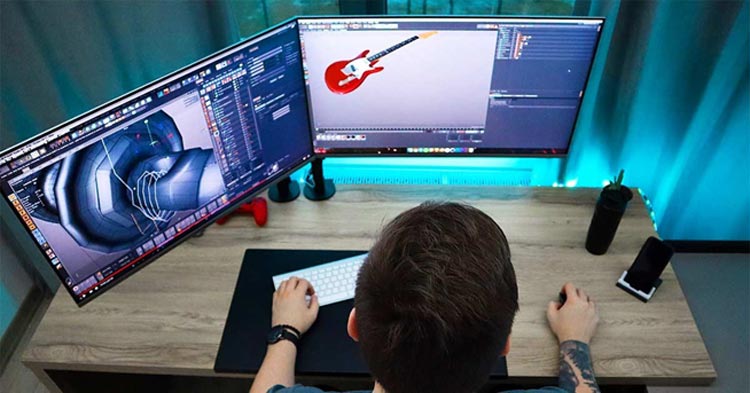
This is another type of visual effect wherein computer-generated objects are created in a three-dimensional environment, giving the illusion of them moving through a three-dimensional space. They are created using computer software or specialized hardware. Dreamworks Studio is well-known for creating these 3D animations.
3D has an advantage over 2d animation because it provides a more accurately represented model. They can portray complex movements or actions such as swimming and flying. There is a greater sense of depth and scale. It is ideal for showcasing crowds, landscapes, and altered worlds. It provides a more realistic feel than 2D animation.
As amazing as 3D is, It has its drawbacks. It can be more expensive and time-consuming to produce than a 2D animation. There is a reliance on the various softwares you’d be needing to generate these images. You’ll be needing expensive powerful computers that would be able to do the multitude of tasks needed by the animators.
If you can carry the burden of the cost, 3D animation is surely a crowd-pleaser. It has the ability to capture the attention of the crowd. It is definitely a showstopper.
It has been used widely in TV and movies for its entertainment value. Kids' shows have garnered a lot of viewers when 3D animation is used. They give life to various character animations that increase the emotional connection with the audience.
Benefits of Using Visual Effects in Your Content
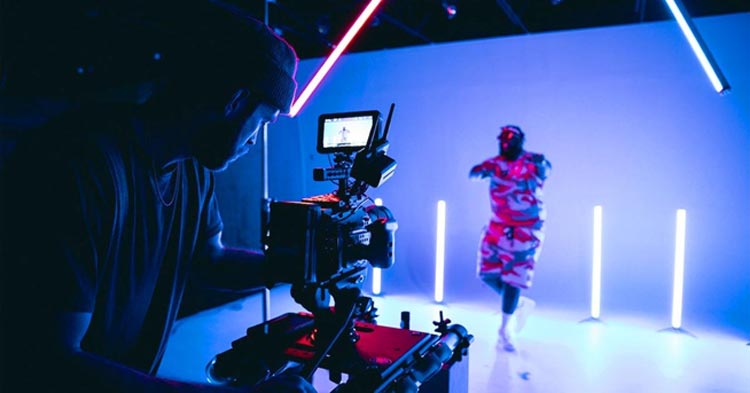
There are a lot of advantages you could gain if you apply visual effects to your own content.
There is the “Wow” factor. Visual effects enhance your viewing experience a lot. There is a lot more to see and digest. You can bring life to your content using believable characters, worlds and stunts. There would be visual stimulations as added elements will give your audience excitement and thrills. This would lead them to want to watch your content more.
Information is also easier to understand when you use visual effects. Especially if you use motion graphics in your content. This is because 90% of the information carried to the brain is visual. And, the human brain can process images 60,000 times faster than text. With this, it is easier to get your message across to your audience.
Since we associate animation with our childhood, viewers would easily be put at ease when viewing your content. Your content would be easily digested and would appeal to a lot more people. There is also something appealing to animated content even though the subject matter could be less than so.
If you are advertising a product, adding visual effects might capture the interests of your potential customers. Generating images of the product on its various iterations can allow you to showcase its capabilities. The various social media platforms are a great way to advertise complex, story-driven ads. Instagram for example offers animated posts that could increase awareness for your brand.
Using visual effects could also help with your production cost. It can fix errors or remove blemishes in your video content. There is no need to reshoot scenes or conduct another photoshoot. Just use repair and polish them in your post-production.
Tips in Choosing the Right Type of Visual Effect for Your Content
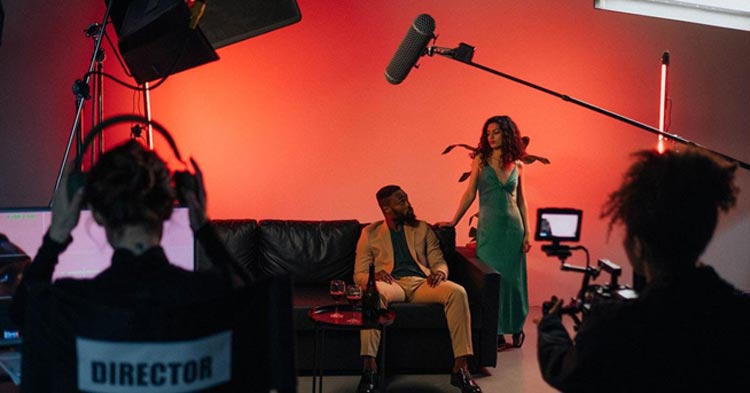
There is no one-size-fits-all in choosing the right visual effect. First, you need to determine what goal you want to accomplish with your content and what budget constraint you might have. Creativity and storytelling will come in second, as you lay out your storyboard. And then lastly, the expert comes in as you hire visual effects artists to help you with your content.
But here are some tips that could help you narrow down which visual effect you might use.
1. If your content needs a non-existent creature or entity, say a dinosaur or a dragon, CGI would be a good fit. A 3D representation will help you achieve the best impact.
2. CGI is also best for creating crowds of people.
3. For creating other-worldly scenes, you can use a green or blue screen. This technique will enable you to collect images from respective sources and then create a single image.
4. Motion graphics are best for disseminating information. You can simplify a complicated message and have it remembered quickly by your audience.
5. Animation equates to nostalgia. It has always been perceived as less threatening and friendly. You’ll be able to find a more receptive audience.
Examples of Different Types of Visual Effects Used To Enhance Content
A. NU Skin Graphics
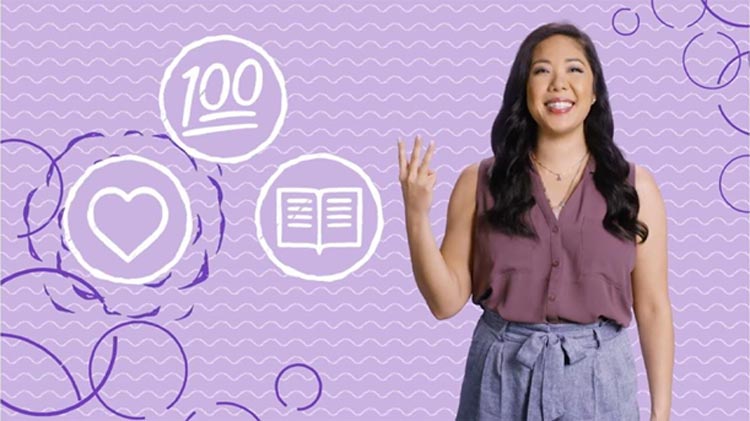
A promotional video of Nu Skin Zoo uses 3D graphic elements inserted in live-action footage. The host is positioned correctly in scale, orientation, and motion relative to the photographed object shown. This creates a seamless integration with the graphic elements making the presentation more enjoyable.
B. Porsche
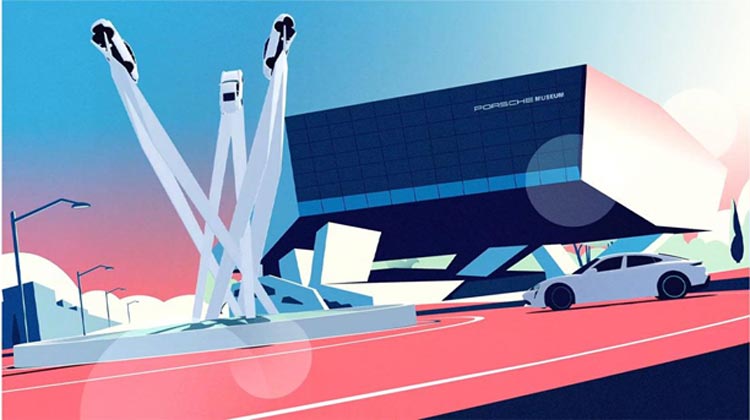
The car company made a 30-second motion graphics ad that is filled with amazing animated imagery. The voice-over is very laid-back and relaxed. There is upbeat music in the background setting up a vibe. The manufacturer is using motion graphics to appeal to the emotions of its customers. It utilizes the brand's appeal to a set crowd.
C. Nigella Bites - Nigella Lawson
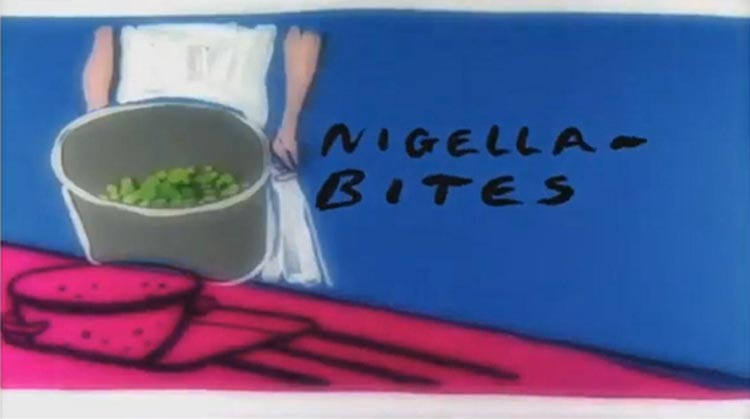
Celebrity gourmet food writer and cook Nigella Lawson has a great opening sequence to her cooking show Nigella Bites. The sequence set the mood and vibe of her cooking show as it is upbeat, laid-back with a dash of sophistication.
D. Alex Meyers
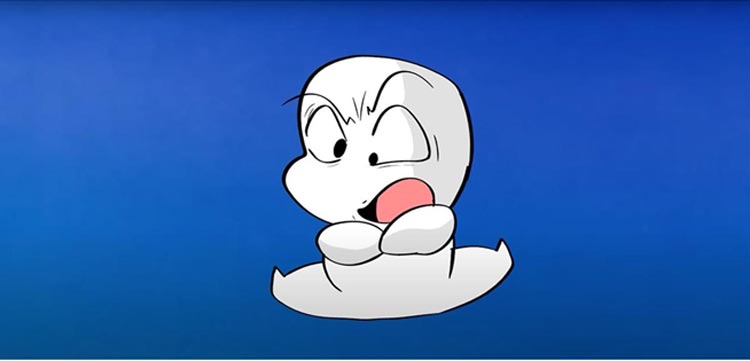
Alex Meyers is a content creator on YouTube who mainly discusses movies and TV shows. He uses a bald cartoon character as his avatar of sorts and comically reviews films and TV shows. The writing is very funny and his character’s expressions add more humor to his reviews.
E. Take on Me by A-ha
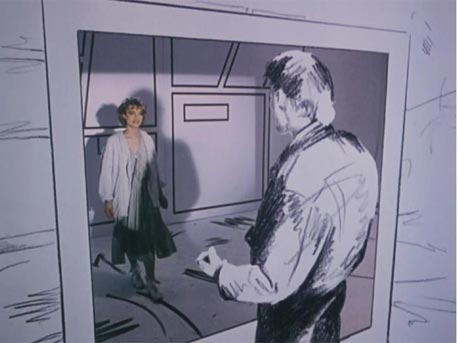
Back in the ’80s, the music video of A-ha’s “Take on Me” captured the audience. The video is a combination of live-action footage with pencil-sketched animation. Also called rotoscoping, the technique lets animators trace over footage, frame by frame to provide a special effect.
Conclusion
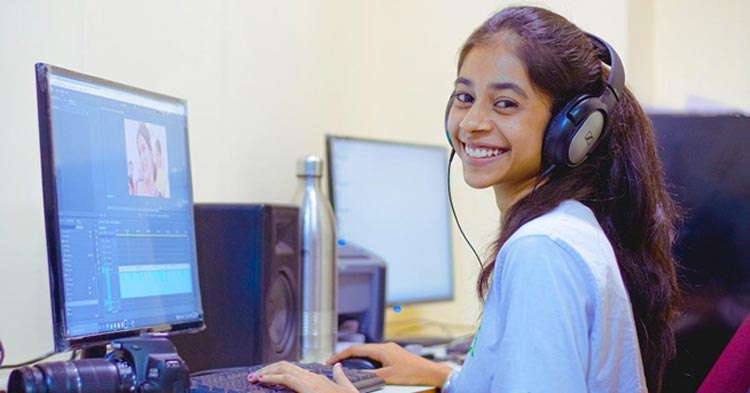
You should use visual effects in your content because it will make your videos better in a lot of ways.
Why add seasoning when you are cooking? Because it makes the food so much tastier. The added flavors enhance the ingredients and make the dish more delicious.
The same goes for special effects. Sure, your content can stand on its own when it comes to storytelling and getting your message through. But, you need that added factor to attract people to you. Remember, you are fighting with a lot of content creators with regard to viewership. You need all the advantages you can have to be on top.
A well-executed visual effect can elevate your content. Set the mood, add more to your story, and drive up excitement.
Author’s Bio
Jacqueline Aguilar, Removal.AI
Jacqueline Aguilar has a degree in Communication Arts and is an avid reader. Writing comes second in her list of passions.
She has an interest in Photography, Film, Music, and Tech.
Currently holding a desk job and is writing content marketing as a creative outlet.
